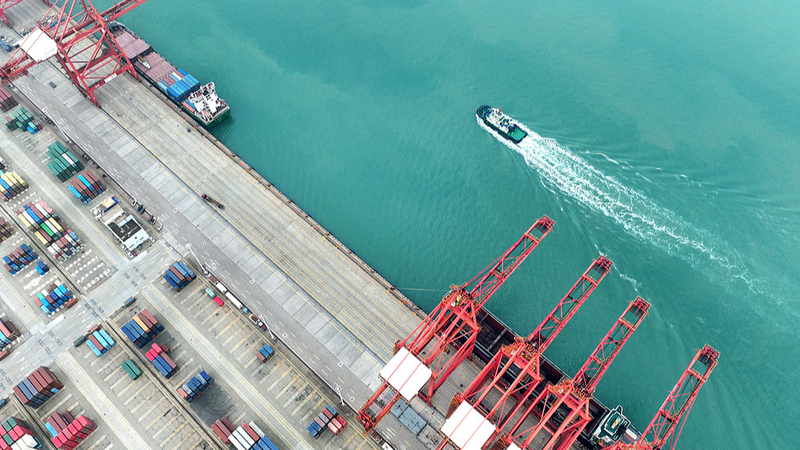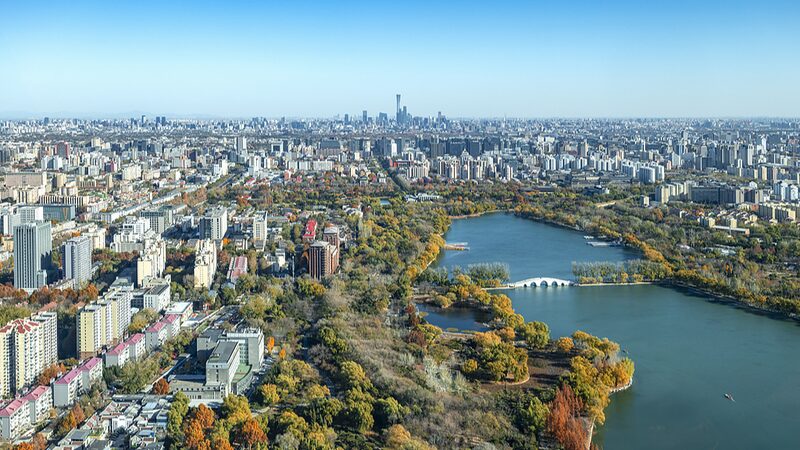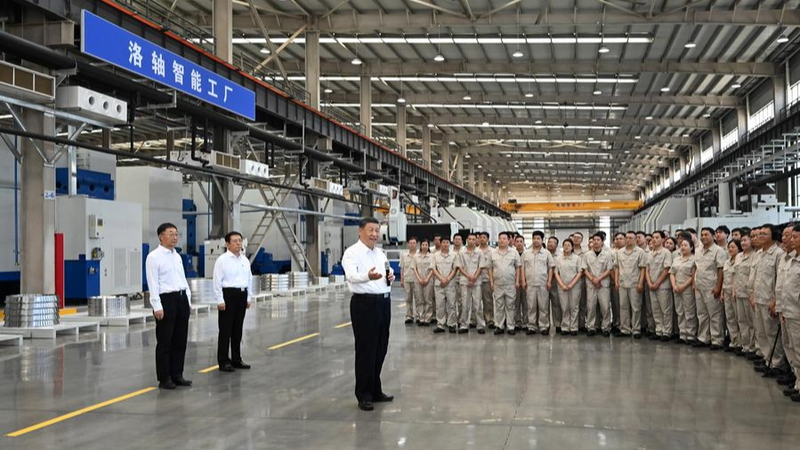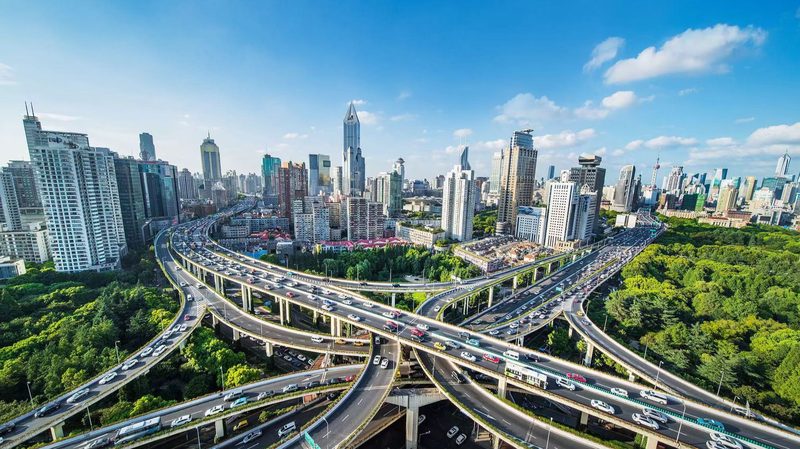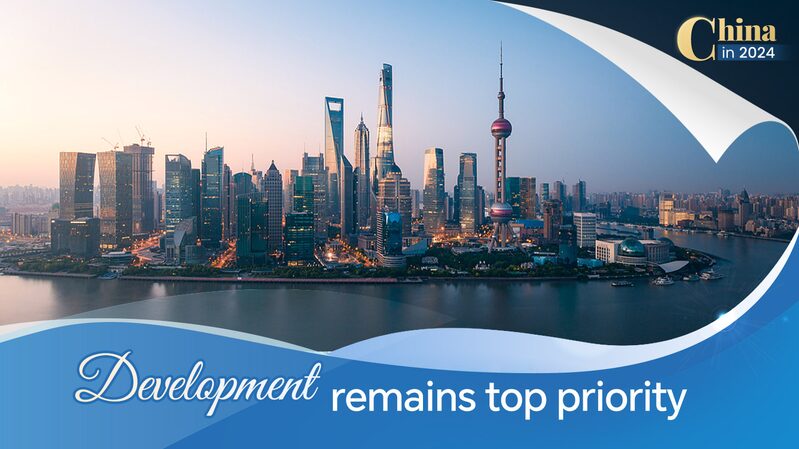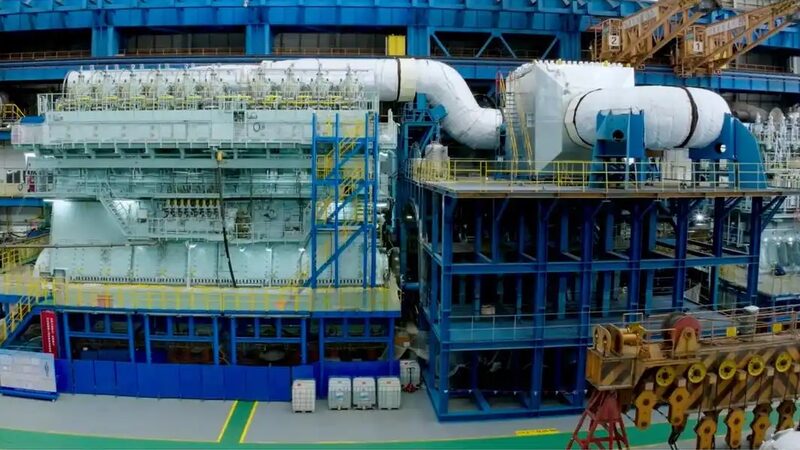The Engine of China's Modern Economy
Spanning just 4% of China's land area, the Yangtze River Delta (YRD) region – encompassing Shanghai and Jiangsu, Zhejiang, and Anhui provinces – contributes 25% of national GDP while housing 17% of the population. This economic juggernaut's transformation began in 2018 when President Xi Jinping elevated its integrated development to a national strategy, declaring it crucial for building 'a modern economic system through higher-standard reform and opening-up.'
Blueprints for Regional Synergy
The strategy gained momentum through high-level coordination, including President Xi's 2020 symposium in Hefei that addressed cross-provincial collaboration. The results speak through industrial networks: a single electric vehicle now sources Shanghai's semiconductors, Jiangsu's batteries, and Zhejiang's manufacturing tech within a 4-hour supply radius. This integration helped the YRD achieve $4.65 trillion GDP in 2024 – surpassing most national economies.
Innovation Fuels Global Competitiveness
With R&D investment growing from 2.81% to 3.34% of GDP since 2018, the YRD now hosts 26 national advanced manufacturing clusters. A new cross-provincial science office coordinates breakthroughs like 6G wireless tech and aerospace materials. International recognition followed, with Shanghai-Suzhou and Nanjing making 2024's top 10 global innovation clusters. As foreign trade hits record 36.5% of China's total, the delta cements its role as both national growth driver and global trade hub.
Reference(s):
Why China is advancing integrated development of Yangtze River Delta
cgtn.com
